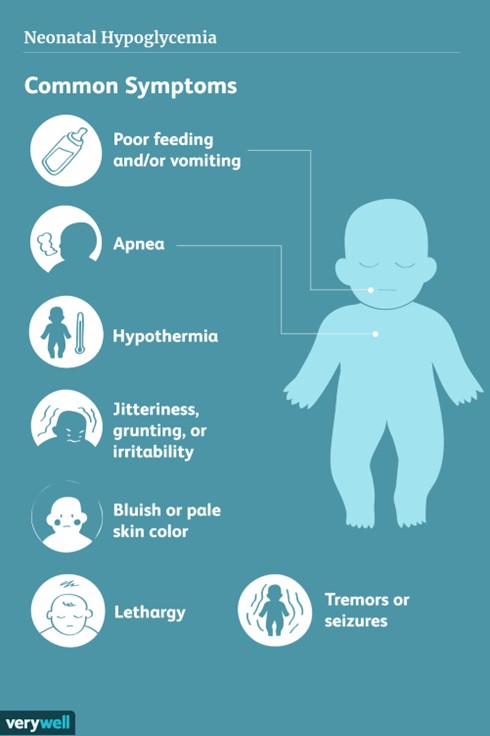The purpose of the Bishop's score is to:
Determine maternal well-being
Determine the readiness of the cervix for labor
Determine progress of labor
Determine the well-being of the fetus
The Correct Answer is B
Choice A reason:
Determining maternal well-being is not the purpose of the Bishop's score. The Bishop's score is a pre-labor scoring system to assist in predicting whether induction of labor will be required. It does not measure maternal vital signs, blood tests, or other indicators of maternal well-being.
Choice B reason:
Determining the readiness of the cervix for labor is the purpose of the Bishop's score. The Bishop's score gives points to five measurements of the pelvic examination: dilation, effacement, station, consistency, and position of the cervix. The higher the score, the more favorable or "ripe”. the cervix is for induction of labor.
Choice C reason:
Determining the progress of labor is not the purpose of the Bishop's score. The Bishop's score is used before labor begins to assess the likelihood of a successful induction or a spontaneous preterm delivery. It does not measure contractions, fetal descent, or other indicators of labor progress.
Choice D reason:
Determining the well-being of the fetus is not the purpose of the Bishop's score. The Bishop's score is a cervical assessment tool that does not directly evaluate fetal status. It does not measure fetal heart rate, movement, or biophysical profile.
Nursing Test Bank
Naxlex Comprehensive Predictor Exams
Related Questions
Correct Answer is ["A","B","E"]
Explanation

Choice A:
Tremors. This is a sign of hypoglycemia in a newborn because low blood sugar can cause shakiness or jitteriness in the muscles. •
Choice B:
Lethargy. This is a sign of hypoglycemia in a newborn because low blood sugar can cause low energy, poor feeding, or lack of interest in eating.
Choice C:
Hunger. This is not a sign of hypoglycemia in a newborn because low blood sugar can actually reduce the appetite or cause feeding difficulties.
Choice D:
Jaundice. This is not a sign of hypoglycemia in a newborn because jaundice is caused by high levels of bilirubin in the blood, not low levels of glucose.
Choice E:
Weak cry. This is a sign of hypoglycemia in a newborn because low blood sugar can affect the vocal cords and the respiratory system, causing a weak or high-pitched cry.
Correct Answer is D
Explanation
Choice A reason:
Monitoring the newborn's blood glucose level hourly is not necessary for a newborn undergoing phototherapy. Phototherapy does not affect blood glucose levels, and hourly monitoring would be too invasive and stressful for the newborn. •
Choice B reason:
Applying lotion to the newborn's skin twice per day is not recommended for a newborn undergoing phototherapy. Lotion can interfere with the effectiveness of the phototherapy and increase the risk of skin irritation or infection. •
Choice C reason:
Maintaining the newborn in a prone position is not advisable for a newborn undergoing phototherapy. The newborn should be positioned on alternate sides to expose as much skin surface as possible to the light source. •
Choice D reason:
Encouraging the newborn to breastfeed every 2 hr is an appropriate action for a newborn undergoing phototherapy. Frequent feeding helps to promote hydration and the elimination of bilirubin from the body.
Whether you are a student looking to ace your exams or a practicing nurse seeking to enhance your expertise , our nursing education contents will empower you with the confidence and competence to make a difference in the lives of patients and become a respected leader in the healthcare field.
Visit Naxlex, invest in your future and unlock endless possibilities with our unparalleled nursing education contents today
Report Wrong Answer on the Current Question
Do you disagree with the answer? If yes, what is your expected answer? Explain.
Kindly be descriptive with the issue you are facing.
